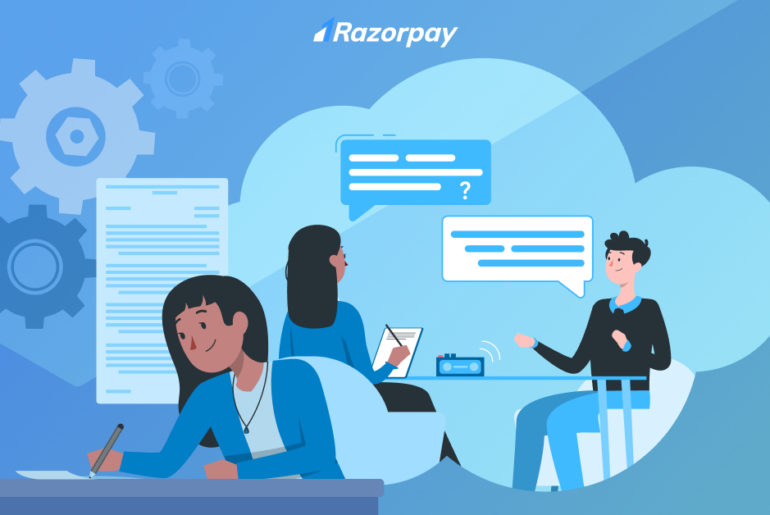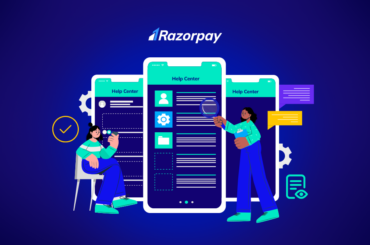Everything revolves around users, so doing user research is a must-do step in your documentation process. User research is critical to ensure your documentation is sharp, accurate, consistent and delivers what the users look for.
A document has several elements:
- Design – Format, font type, size and colour, content layout and overall presentation
- Content – Content structure, language, content quality, accuracy and simplicity
- UX – Overall user experience, which means navigation, search, interactivity and feedback mechanism
Each element is equally important and should be carefully considered with users in mind. Just imagine writing a 40-page guide which your users are unwilling to read, or designing a beautiful documentation website which is difficult to search or navigate! In both cases, they fail to meet the customers’ expectations.
Consider the case of the 40-page-long guide. You can get answers to your questions with user research. Why are the users unwilling to read the guide?
- Is it too long?
- Is it easy to search for information?
- Is it easy to understand?
- Does it contain enough examples and illustrations that make it engaging?
- Is the document design boring?
Different methods of user research
There are different ways of doing User Research, such as User Interviews, Feedback Forms, Surveys and Focus Group Discussions, to name a few.
The method you should select to do user research depends on several factors:
- How fast you want to do these
- The type of inputs you want (qualitative or quantitative)
- How much you are willing to invest
- The stage at which you are doing user research
- Beginning of a project to understand your users before you start authoring
- While writing a document to validate a few assumptions
- After a new/updated document is rolled out to understand consumption and feedback
Feedback Forms and Surveys may be used for quick inputs from the users. It is faster, easier, inexpensive and can reach a larger audience.
Focus Group Discussions and User Interviews, on the other hand, are time-consuming, expensive and exhausting. Shortlisting users, inviting them, following up, talking to them and recording the conversations – all require intense involvement. But, if executed well, these can bring fruitful results.
More about user interviews
User Interviews are an excellent way to understand the users’ needs, wants, and behaviour. User interviews, by definition, are conducting interviews with your users and asking them questions to understand better the user persona and what they want from your offering.
Conducting user interviews
During user interviews, you may ask your users a series of questions or ask them to perform a specific action using your product or service. What you choose depends on what stage of product development you are in. If a product demo or beta version is available, ask the users to perform a particular action using your product to learn how they use it, how easy the interface is, and user actions and behaviour. This can bring in valuable insights and help in finetuning the product. The same holds if you are doing user interviews to evaluate the usefulness of a document.
For example, when you do user interviews before documenting a product or service, understand when the users may read your document, how they would navigate it, and what kind of information they will look for. Based on these critical data points, you will be better placed and more confident when you structure the content and its layout, design and place some aspects in your document – CTAs, hyperlinks, callouts, etc.
Steps involved in a user interview
I. Come up with a complete plan for conducting the user interview
-
- How many users
- Who will conduct the interview
- The process of connecting, shortlisting and interviewing users
- Interview framework and infrastructure – What questions to ask, test credentials and samples needed during the interview
- Budget for goodies, free samples or rewards for the participant
II. Identify the user group
III. Screen users from the user group
IV. Shortlist and invite users for the interviews
V. Talk to them, and explain why you are doing the user interview and what is expected from them.
VI. Schedule and follow-up.
VII. Conduct the interviews and send out goodies.
VIII. Document the findings.
IX. Plan changes and improvements.
X. Conduct user research again to measure the improvements.
Repeat as you build more products and features and document more articles.
Razorpay docs user interviews
We at Razorpay soon realised that while we do some market and competition research before writing articles, only user interviews can provide first-hand, undiluted user inputs. If we want to build the best documentation for our users, users should participate in the process.
We started conducting these user interviews sometime in August 2022. The process was new, and we were experimenting with many new things. The biggest challenge we had was to find users, users who were the right fit and willing to participate. Follow-ups, reschedules, and last-minute drop-outs were difficult challenges. But, the learnings we had with each such interview were worth the pain!
By the close of FY 22-23, we had conducted 100 user interviews. We have now made user interviews a regular process that the Technical Writing team conducts – from finding, screening and interviewing users to recording findings.
These interviews are not only used by the Technical Writing team for improving documentation but also by the Solutions and Integrations team to understand the integration experience and gaps, Product Managers to understand the product and feature usability, Product Designers to understand the user journey and how the product design can be further polished.
Our Learnings
By overcoming each hurdle, we learnt a few basics. And if these basics are set right, the user interviews can never go wrong and bring significant value.
Screen the right candidates
The users should be from your target audience, and the correct fitment should be evaluated before inviting them.
Do your homework well
- Read the user profile (name, where they work and anything significant about the user)
- Frame your questions, the flow, what actions to perform, the interview setup and the infrastructure.
- Follow a template to initiate the conversation. Ask follow-up questions to validate your findings and to conclude the interview. Be natural and empathetic towards the participant.
- Guide the user if they are getting lost when asked to perform an action during the interview.
Ask open-ended questions
Ask questions that allow your user to do most of the talking. The more they talk, the better you understand the user.
Record
Record the conversations and document your findings. These user interviews may be referred to in the future too by different groups and teams. You may also want to listen to your users repeatedly to validate certain assumptions. These recorded conversations can also be used in training.
Avoid bias and let the user express what they feel
This is the toughest one. We all have certain biases and preferences for some colours and designs. It is not about you but the user!
Finishing Up
We agree that conducting user interviews is a cumbersome task. But, if planned well and executed diligently, the findings from these interviews can be used by multiple teams and bring in 3X benefits. So go, give it a try!
Do you want to participate in the Razorpay Docs User Research program? Enrol now!





